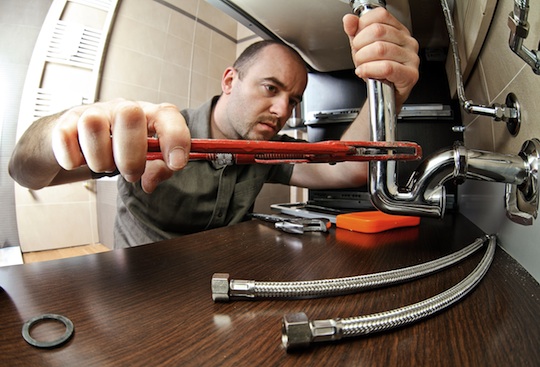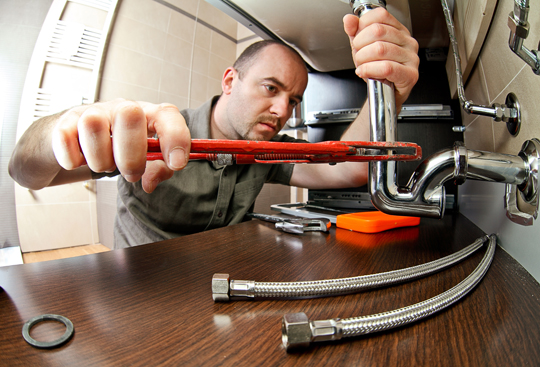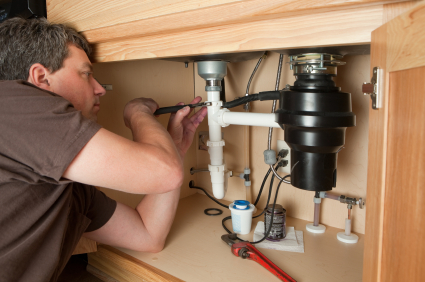Cold resistant plastic PVC piping is not difficult to install and can be beneficial in cold weather. Plastic piping is very easy to work with because it’s easy to cut and join together to fit most applications. The best piping to use for very cold weather is PVC piping, because these pipes are cold resistant plastic PVC.
There are many sizes of PVC piping on the market, and you can choose which ones would suit your needs. Make sure to choose PVC pipes that are of good quality, without any cracks, so they will not leak. For working with PVC pipes, you will need some of the tools in your carpentry tools list.
Solvent Welding
Solvent welding is the process used to join plastic pipes in order to properly prevent any leaks. This is a five-step process that is relatively simple to accomplish.
1. You need to inspect the length of your pipes for any cracks or leaks. You also need to inspect the fitting sockets and the gouges for any dirt, abrasions, and cracks. These are bad for your pipes. If the pipe that you have is imperfect, cut off the imperfect part to expose a better end for the fitting.
2. Purchase the pipe and the fitting from the same manufacturer. If this is not the case, place the two together and hold the pipe along with the fitting upside down and ensure that the fitting doesn’t fall off.
3. Cut the pipes using a saw-tooth or PVC pipe cutter. Do not use sandpaper on the edges of the PVC pipes because you will take out too much material.
4. Apply a good quality cleaner or primer to the edges of the pipe. This will prepare the pipe for solvent cement action.
5. Brush on a coat of solvent cement that is appropriate for the type of pipe that you are using.
Need Help?
Contact TalkLocal today and let us connect you with a professional handyman or plumber near you who can help you with PVC pipes!







